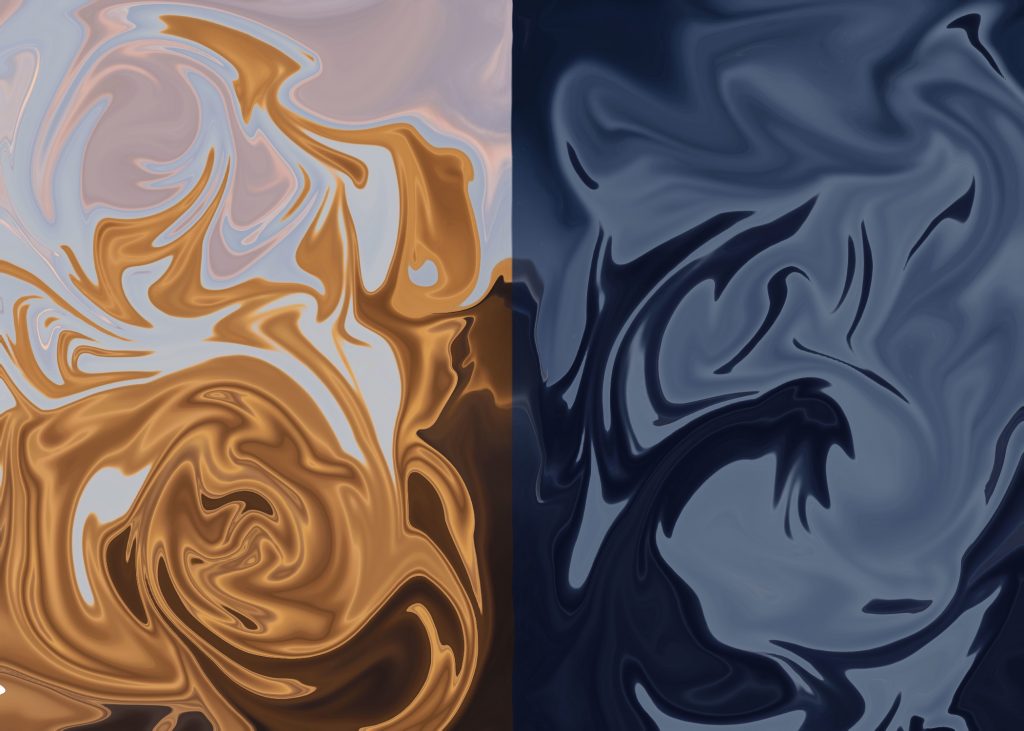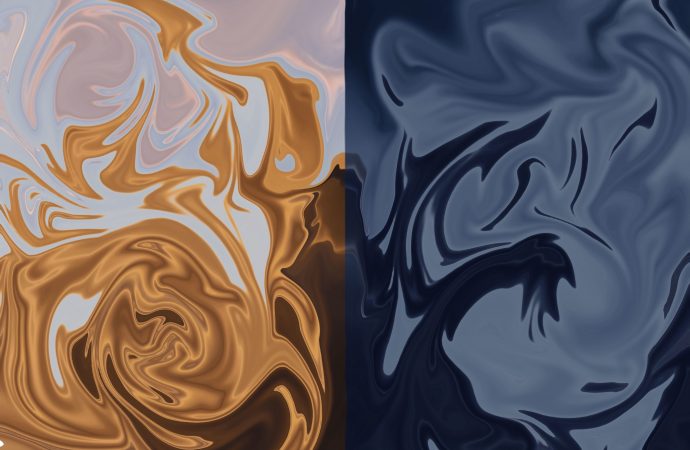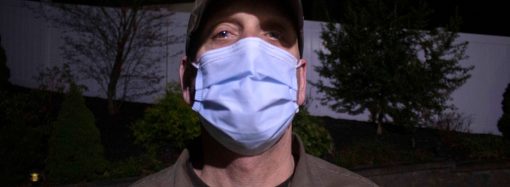BY Caroline Klewinowski
JRN 490 Spring 2021

LSD — Lysergic acid diethylamide — 25 — was discovered by Swiss chemist Albert Hofmann on November 16, 1938. He wanted a compound that would stimulate the respiratory and circulatory systems and decided that a synthetic version of ergot, a fungus developed from rye, would be the best. He started creating a different combination of lysergic acid — one of the active ingredients of ergot — and created 25 different versions of it. LSD-25 didn’t pass laboratory testing to improve circulation; researchers noted that it just made the mice ‘excited’.
The history of psychedelics in the 1950s and ‘60s is riddled with counter-culture politics stuck between Beat Generation enlightenment and Cold War tactics — though misguided experiments were conducted by the U.S. government from the “MK-Ultra” intelligence project, which tried to use LSD as an interrogation tactic, to beatniks conducting Acid Tests, which One Flew Over The Cuckoo’s Nest author Ken Kesey exposed the general population in California to LSD through a series of parties.
In the 1940s, LSD garnered a small community of psychiatrists that tried to find a use for it but research came to a halt when psychedelics became federally criminalized and marred by the War on Drugs. New research assisted by modern brain scans has legitimized long held belief that psychedelics could be used as a mental health tool.
Five years after Hofman created the compound, on April 16, 1943, he decided to create it again and reported that he felt strange while working at the lab. He managed to get home, lay down “into a not unpleasant intoxicated like condition, characterized by an extremely stimulated imagination.” Hofmann said in his memoir: “I did not choose LSD; LSD found and called me.” The compound let him experience an intense feeling of unity and love, he said. LSD-25 went on to define a generation in the United States. But the shift to psychedelics wasn’t explosive.

